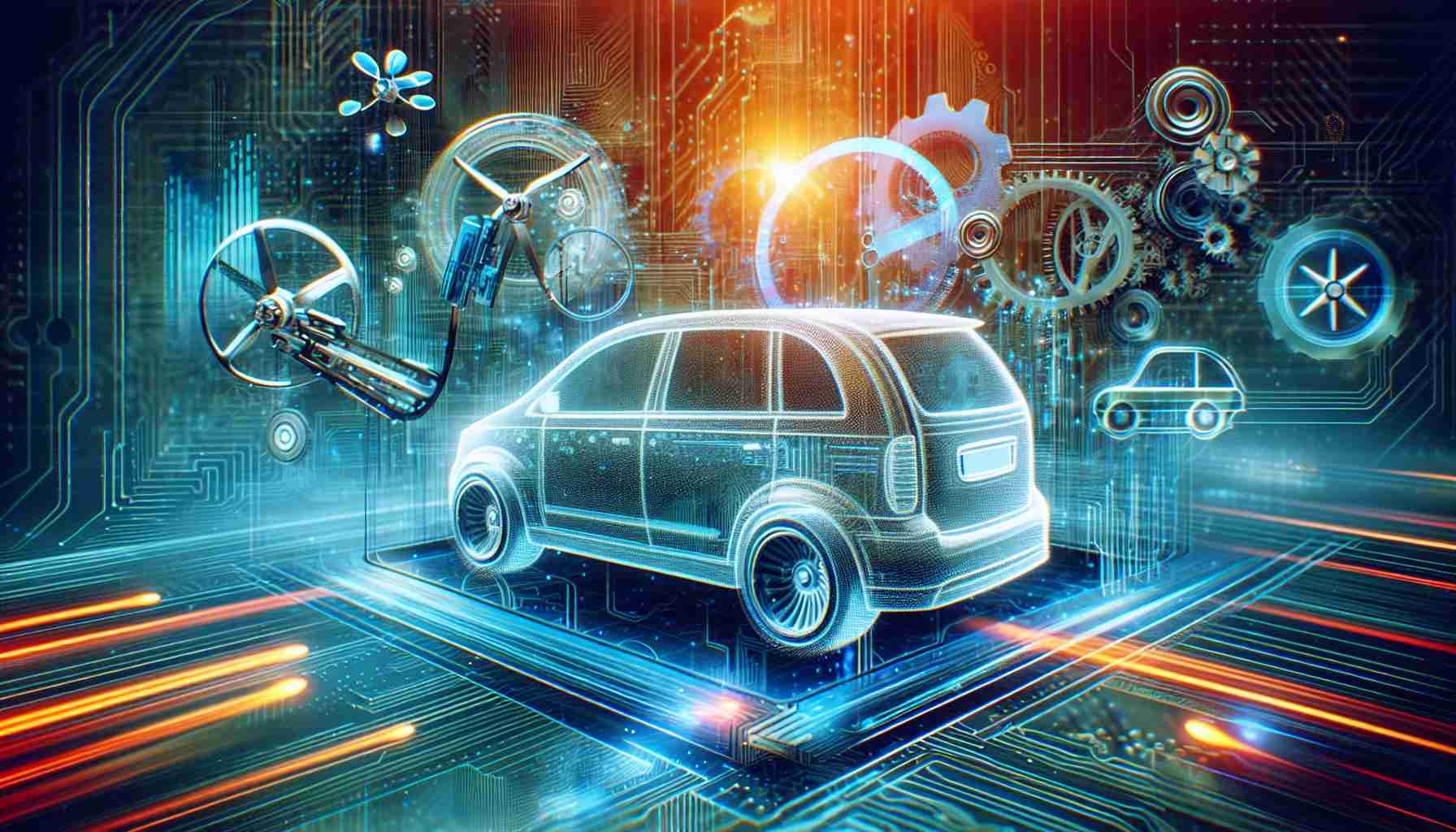In a revealing forecast, the International Energy Agency predicts that global energy consumption by data centers may surpass 1,000 terawatt-hours by 2026, more than doubling that of 2022.
This surge is largely driven by advancements in computing power and the increasing reliance on generative artificial intelligence, which demands robust infrastructure to support its operations. Jensen Huang, an industry leader, highlighted the urgent need for expansive AI resources, indicating a pivotal shift in our industrial capabilities.
In the United States, which hosts a significant portion of the world’s data centers, electricity demand is experiencing a notable uptick for the first time in twenty years, largely due to these energy-intensive facilities. A recent report from Grid Strategies emphasized that projected electricity demand growth over the next five years in the U.S. has nearly doubled within a single year, escalating from 2.6% to approximately 4.7%.
The current energy landscape illustrates an urgent requirement for substantial private investment to enhance foundational infrastructure. As Bayou Ogunlesi, the CEO of Global Infrastructure Partners, noted, mobilizing significant capital is essential for the development and sustainability of this critical energy framework. The implications of such investment will not only shape the future of technology but also fundamentally alter our energy consumption patterns in the coming years.
The Rise of Data Centers and Its Energy Impact: A Broader Perspective
In recent years, the rapid expansion of data centers has prompted critical discussions regarding their energy consumption and environmental impact. While previous analyses have focused on immediate electricity demands, it’s vital to consider additional factors that contribute to this growing concern.
What are the environmental implications of data centers?
Data centers are significant consumers of energy, but they also have a substantial carbon footprint. According to estimates from the Global e-Sustainability Initiative (GeSI), the digital sector, including data centers, could represent around 14% of global greenhouse gas emissions by 2040 if current trends continue. The transition to renewable energy sources has become essential as companies increasingly adopt sustainability goals.
How do data centers impact local communities?
The proliferation of data centers in various regions can lead to unintended consequences for local communities. While job creation and economic growth are benefits, increased demand for electricity can strain local utilities and infrastructure. Additionally, the placement of data centers, often influenced by state incentives, might divert essential resources from community needs, sparking controversies regarding equitable access to energy.
What are the key challenges facing the data center industry?
1. Energy Efficiency: Though many data centers are striving for energy-efficient designs, achieving optimal performance can be complex and costly. The balance between performance and energy consumption remains a prominent challenge.
2. Regulatory Compliance: As governments become more aware of the environmental impact of data centers, regulations are becoming stricter. Compliance with these regulations can be burdensome for operators, particularly those managing older facilities that require significant retrofitting.
3. Technological Evolution: The rise of edge computing necessitates the development of new data center models to support dispersed environments. This evolution can be resource-intensive and costly, requiring significant investment in both physical infrastructure and advanced technologies.
What are the advantages of data centers?
– Economic Growth: Data centers contribute to local economies by creating jobs and attracting businesses that rely on cloud services.
– Innovation Driver: They support advancements in various sectors, including healthcare, finance, and education, by providing the necessary computing power to handle large data sets.
What are the disadvantages?
– High Energy Consumption: Data centers consume vast amounts of electricity, contributing to increased demand from energy grids which can exacerbate carbon emissions.
– Resource Allocation: The energy and resources required may lead to increased costs for consumers and businesses, especially in regions where power is already scarce.
In conclusion, as the demand for data centers continues to rise, it becomes invaluable for stakeholders to address energy consumption responsibly. The technology industry must balance economic growth with sustainable practices to mitigate the environmental impact significantly. Upgrading infrastructure, investing in renewable energy, and adhering to responsible resource management practices will be fundamental to this balance.
For more insights and discussions surrounding the intersection of technology and energy, you may explore related resources at Gartner and IEEE.






















